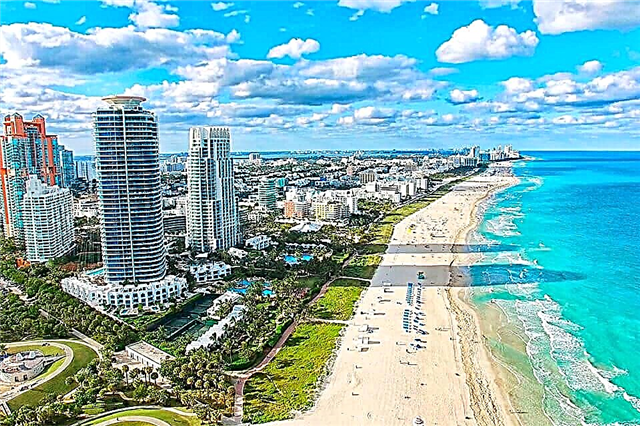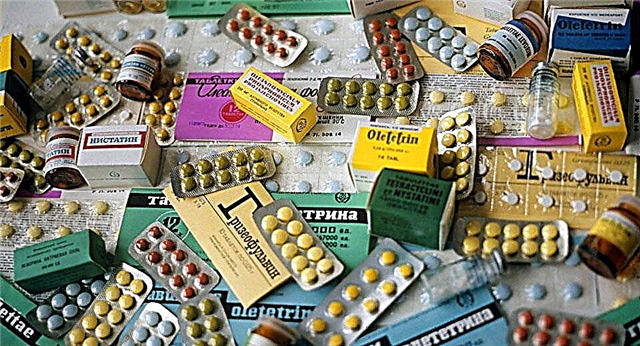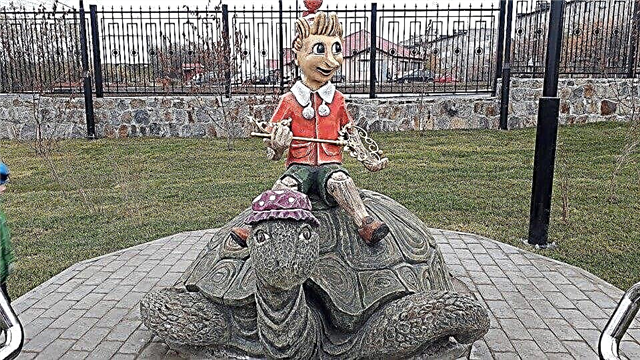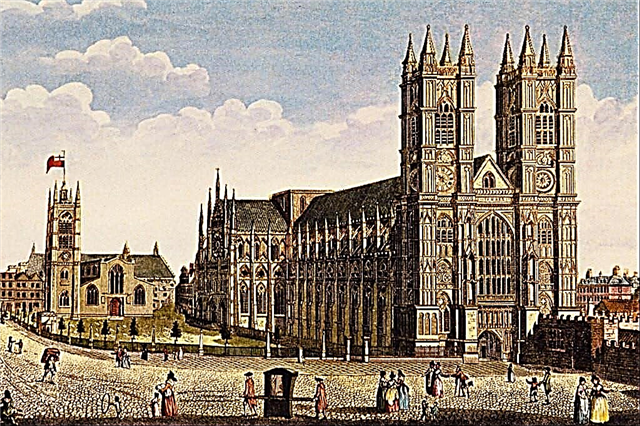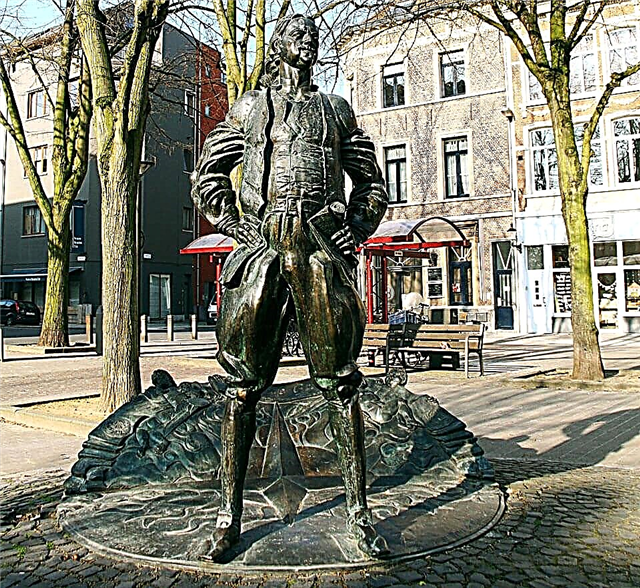What to see in Antwerp in 1 day on your own - but little. This is the reasoning of an inexperienced tourist in sightseeing tours. And an experienced traveler will plan a route that will allow you to see the main attractions. At the same time, the movements will not be exhausting and exhausting. Snacks in the restaurants and cafes closest to the inspection points will allow you to get acquainted with the local cuisine. It takes only one day for the first acquaintance with the amazing city of Europe!
Central station
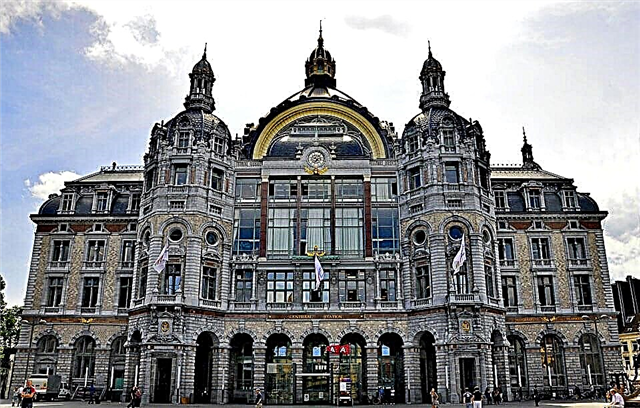
Looking at this majestic structure, the traveler experiences the feeling of Deja Vu. It seems that I have already been and have seen. Yes, I did, but in the movies. This building has been filmed in many films and television series, so it is impossible not to recognize it. It was decided to build the station on the site of an old wooden building at the end of the 19th century. There was money in the country: it came from the colonies. But the city authorities decided that the building should be more magnificent than the Brussels railway station.
Louis Delasenzeri completed an eclectic project, adding neo-Gothic. He tried to connect the Pantheon and the train station in Switzerland. And in 1905 the building was inaugurated. But the station did not please with splendor for long: in the middle of the twentieth century, it fell into disrepair and demanded partial restoration. But the work was carried out completely only by the end of the twentieth century, combining restoration with reconstruction.
Today's train station is an architectural monument and a transport hub. Everything is provided for the comfort of passengers:
- cozy cafes and restaurants
- souvenir shops
- waiting room
- jewelry stores
The traveler will usefully spend time while waiting for the train, especially since all rooms are protected from rain and snow.
Zoo
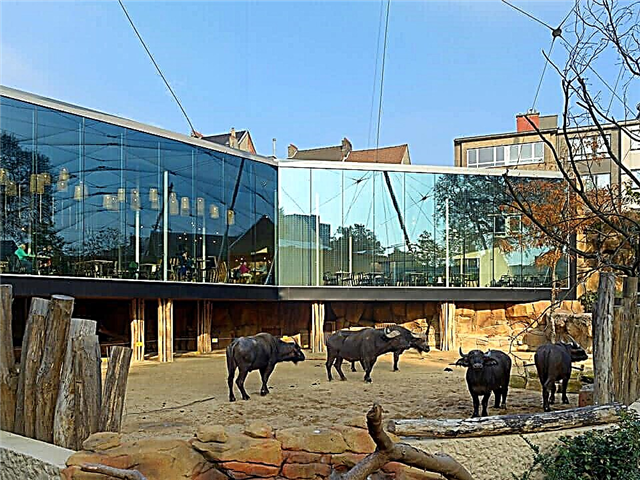
You don't need to walk far to visit the zoo: it is located 100-200 meters from the train station. Now there are excellent collections of reptiles, polar animals - the Vriesland park, tropical butterflies. There are playgrounds for children - Kinderzoo. And the ticket (when purchased on the official website) is available to the visitor with the lowest income.
But once everything was different:
- The first exhibition offered to look at several goats, horses and the taxidermy collection of the director of the zoo.
- The ticket cost more than the worker earned in a month.
- The territory of the zoo was 1.5 hectares.
And not everything went smoothly:
- A Bengal tiger escaped and was killed.
- He escaped from the enclosure and attacked the rhino guard.
- Due to negligence, the monkey enclosure burned down.
- During the Second World War, the collection of reptiles was completely destroyed. Ungulates were caught and eaten by local residents.
After the end of the war, a slow recovery began. But at the same time, the exposition was expanded and supplemented: this is explained by the change in man's attitude to the environment. In the 80s of the last century, the zoo was recognized as a monument. At the beginning of the 21st century, reconstruction began.
Diamond Museum
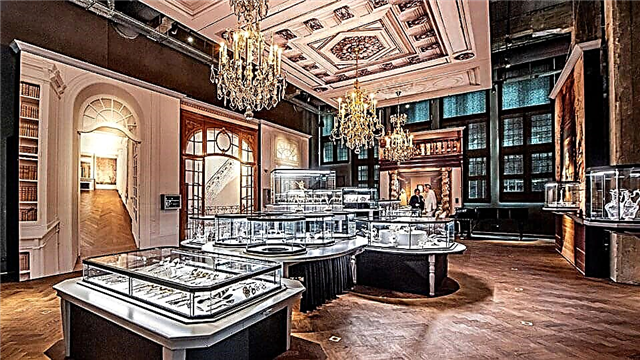
Just behind the zoo, at Koningin Astridplein 19-23, there is the Diamond Museum. Why is it worth visiting this particular exposition? Because for more than 5 centuries the jewelers of this city have cut precious stones for noble persons and royal families of Europe.
Things to look at:
- Products from precious stones. There are personalized diamonds (Rubens' brooch, Marilyn Monroe jewelry). They are attracted by non-standard solutions: jeans made of diamonds.
- Replicas of unique diamonds. The guides take pride in the imitation of the Kohinoor diamond, the original belongs to the British royal family.
- Tools that jewelers have used and are using when working with stones.
The creators of the museum did not ignore the fans of interactive excursions. They are offered virtual journeys for perfect diamonds. Tourists can watch a film about the development of jewelry. Sometimes tourists participate in shows where jewelers demonstrate the process of cutting precious stones. This is a beautiful light show. It is noteworthy that special excursions have been developed for sightseers with hearing and vision problems.
House of Rubens
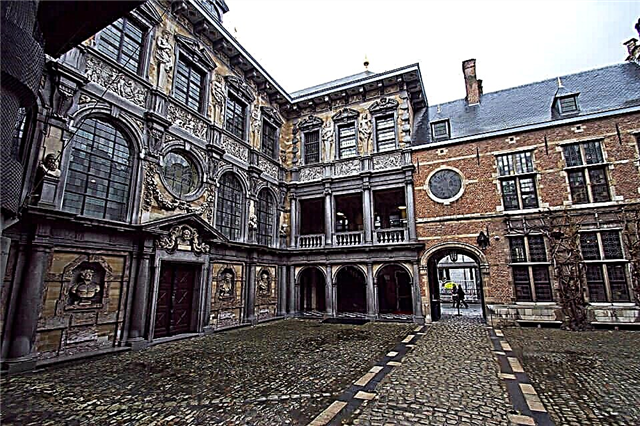
Rubens bought a plot of land in 1611, and in 1620 a house with a workshop already stood on this place. The construction aroused interest among local residents and delight among visitors. The hospitable house was visited by noble persons: Maria de Medici, Isabella, Archduchess of the Netherlands, English Duke of Buckingham. Rubens willingly met with people of art.
After the death of the painter, the house changed several owners and was significantly rebuilt: at one time there was a riding school for royals. The city authorities wanted to acquire the building and create a Rubens museum in it. But it was possible to carry out the plan only in 1936. After a lengthy restoration, the house became available for visiting. The building is legally part of the Royal Museum of Fine Arts in Anwerp. Today, on the second floor, tourists get acquainted with the decoration of the artist's living rooms.
Visitors pass through the gallery to the workshop. The main attraction is the black marble fireplace. The door is very high: this is necessary so that it is convenient to carry out the paintings. The garden has also been restored. Preserved statues of Bacchus and Hercules, decorating it. But the statue of Ceres is lost. But in the garden you can admire an old fragment of the wall of the corporation of arquebusiers. Once the land holdings were adjacent. The entire exhibition is aimed at making it clear that the great artist lived rationally and rationally.
Botanical Garden
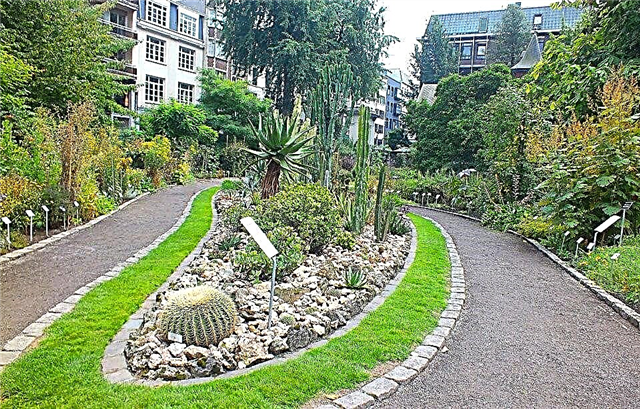
The year of the foundation of the Botanical Garden is considered to be 1825, although work on the cultivation of medicinal plants began here in 1804. A local pharmacist set up a small garden where he grew useful herbs for medical students. Many of them could not stand the winter cold, so they were dug up and kept in the basement. In 1826, a greenhouse, which still exists today, and an alpine house, where a bar works today, were included in the Botanical Garden. The greenhouse contains a rich collection of tropical plants. Unfortunately, it is impossible to visit it.
The modern garden is complemented by a fish pond. They say that earlier in the reservoir were bred medicinal leeches, which were used to bleed the sick. The complex is divided into zones. One of them is called the Garden of Poets. Literary readings and meetings are held here. The Botanical Garden is a landmark of the city. It is protected and improved. Locals love to relax here on weekends and during the day.
Monument to Peter I
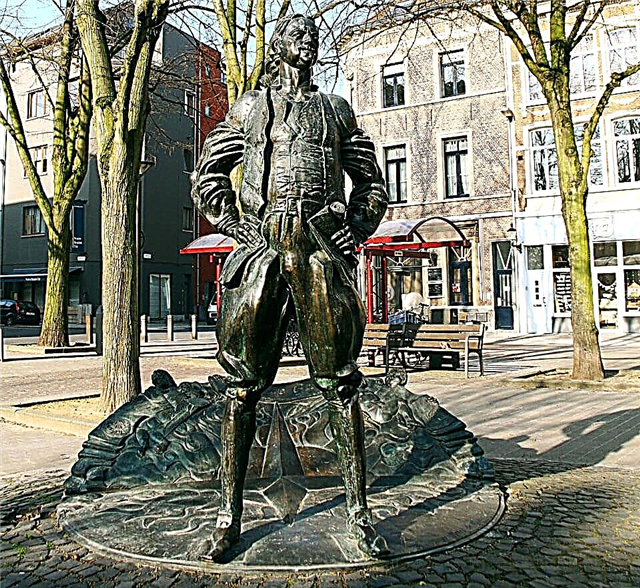
Emperor Peter went to Antwerp to study shipbuilding. He called himself Peter Alekseev. The Dutch were subdued by the young tsar's hard work and his modesty. When he was recognized and invited to a reception in his honor, Peter came and amazed everyone with his knowledge of court etiquette. Therefore, an exception was made for a foreigner: usually, monuments are erected only to citizens of the Netherlands. The monument was erected in 1998, when the days of Peter the Great were held in the country.
The author of the project is Georgy Frangulyan. He took the work very seriously, because he believes that everything is important when immortalizing a historical character: from the general composition and surroundings of the square to the way the sun reflects off the boot of the sculpture. Even the kind of people who might pass by the monument was taken into account by the sculptor. The monument is made of bronze. The Russian tsar stands at the edge of the disc and examines the geographical map held by the angels. Next to the sculpture is the Abbey of St. Michael.
Fashion Museum
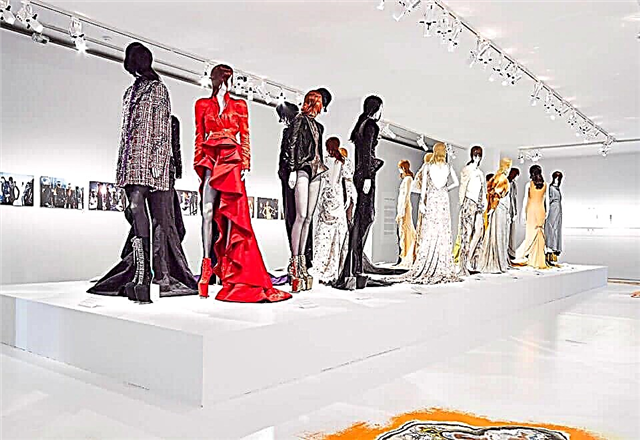
It is no coincidence that this is where the Fashion Museum is located: after all, the city has the oldest fashion university. It was finished by many famous couturiers.Fashion is a fickle phenomenon, so MoMu exhibits change twice a year. It is noteworthy that the exhibition presents not only clothes and accessories, but also the tools with which the collection was created. Looking at the exhibits, visitors learn the history of something without which it is impossible to imagine modern life, without - fashion.
Any couturier dreams of presenting his collection at MoMu, but students of the Royal Academy are especially eager to do so. Once a year, the Museum presents such an opportunity to the best listener. The collection created by the applicant is open for viewing for 4 months. The winner is then awarded. For a young couturier, this is a great advertisement. MoMu's stockpiles have costumes from the 16th century and later. Sometimes the administration exposes them for inspection by visitors. Even if the visitor is not at all interested in fashion, he is interested in studying the history of the world from the history of the costume.
Plantin-Moretus Museum
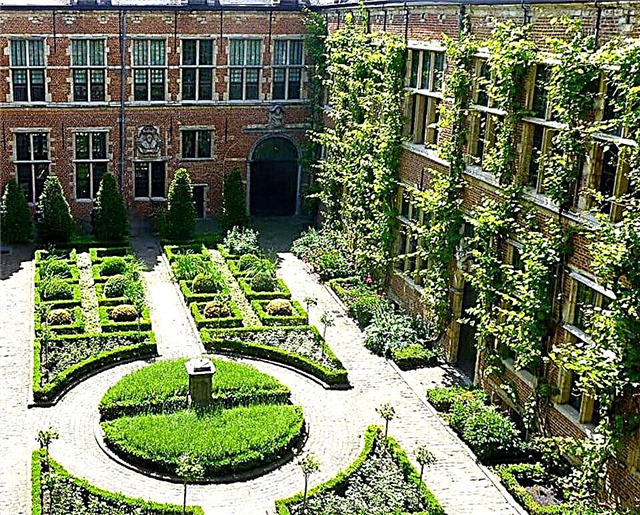
In the 16th century, the Plantin-Moretus printing house was the largest in Europe. It was founded by the enlightened publishers of the time. Geographic maps, atlases, the Bible, scientific works, books of religious content were printed here. Authors could order a translation of their work. Now the museum displays fonts and printing presses of the 16th century, unique editions, a collection of tapestries. It is noteworthy that the exposition is located in the same room where books were printed in the 16th century. The museum is included in the UNESCO catalog.
St. Anne's Tunnel
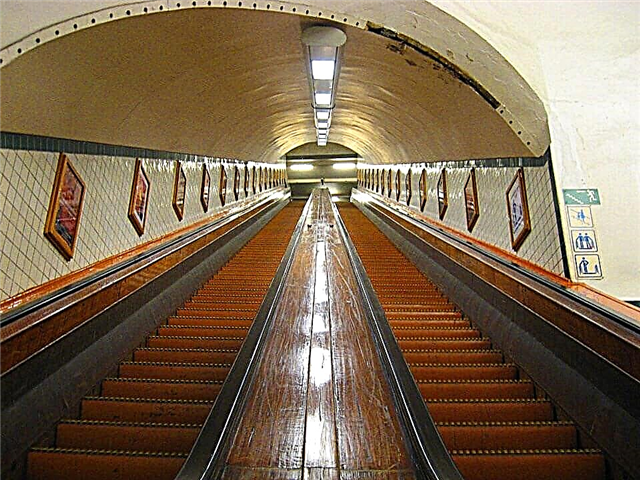
This place is especially attractive for tourists. Although the tunnel was created solely for practical reasons: the Scheldt River is navigable along its entire length, and in order to ensure uninterrupted cruising of ships, an underground, and not an air, transition was made.
The depth of the subway is 31 m, you have to go down here by elevator. But then tourists experience unusual impressions:
- cold but it's pretty predictable
- too noisy, which few people expect
The tunnel is somewhat narrow, located in the central part, so traffic along it is too intense. Signs require dismounting from bicycles, scooters and roller skates. But few people follow this rule. The builders did not think about sound-absorbing panels: the walls and ceiling are faced with concrete, which resonates with sound. So there is a significant strain on the eardrums for visitors. But after exiting the tunnel, tourists have an excellent panorama of the Scheldt embankment.
Cathedral of Our Lady of Antwerp
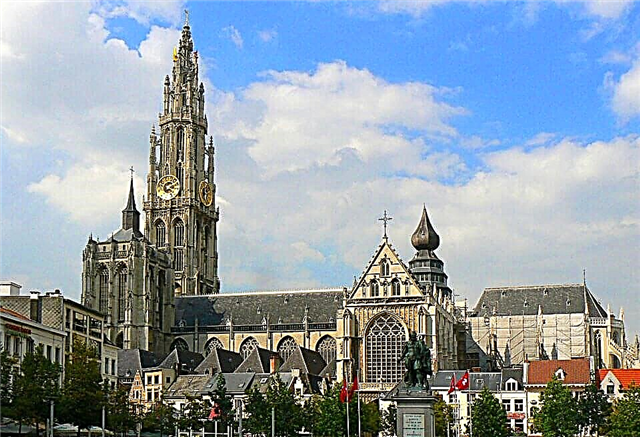
It is a majestic and tall structure, so it will not be possible to see it up close. The building is surrounded by later buildings. But you should definitely visit the cathedral: at least in order to get acquainted with the history.
The building was built gradually over many decades:
- Until 1481, the remains of the construction of a Romanesque temple were preserved on the site of the cathedral.
- The nave and choir were built from 1352 to 1411
- The western pediment was built from 1422 to 1474
- In 1518, the north tower was erected with 47 bells inside it. (The project assumed the presence of the southern neighbor of the tower, but due to financial difficulties, the building was not erected)
- The interior decoration is also luxurious: Rubens' canvases and colored stained-glass windows are especially striking.
- Believers can bow to the tomb of Isabella of Bourbon
The project assumed that the cathedral would be 3 times higher than the existing one. But even today it is the tallest building in the city. There are always a lot of people in the cathedral, so it is better to visit it in the afternoon on weekdays. On the square in front of the cathedral, actors perform performances with the participation of tourists. It is free for the latter and very interesting.
Antwerp town hall
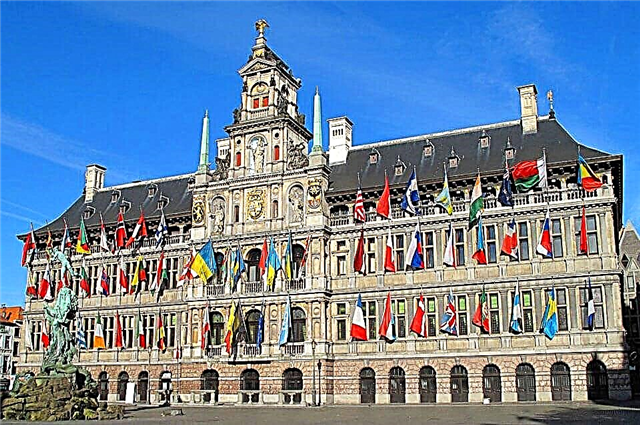
The idea to build a new large-scale building belonged to the city authorities. Indeed, money came from the colonies, and the old town hall was rather unsightly. The first project was carried out by Domaine de Wagmaker. According to his vision, the building should have been made in the Gothic style. But in 1540 the political situation in Europe changed, and the finances prepared were directed towards strengthening Antwerp. Only 20 years later, the city authorities again thought about building a new town hall.
The project now belonged to another architect who was a fan of the Renaissance. The building was built at a record speed of 4 years. But it did not last long: after 10 years it was destroyed by a hit shell fired by the Spaniards. It was decided to leave the surviving walls, and rebuild the internal ceilings. It took not so long to recover: about 3 years. At the end of the 19th century, the Town Hall was reconstructed. At the same time, the main trends of the original project were retained.
For a long time, the entire first floor of the administrative building was given to merchants who traded colonial and other goods here. The facade is richly decorated with statues and coats of arms. One of the modern attractions of the Town Hall is 87 flags. These are symbols of Antwerp, Flanders, Belgium, Europe, the UN and all states that have consulates in Antwerp. The Town Hall is an active building. The mayor and the city government work here, and marriages are registered.
Fountain Brabo
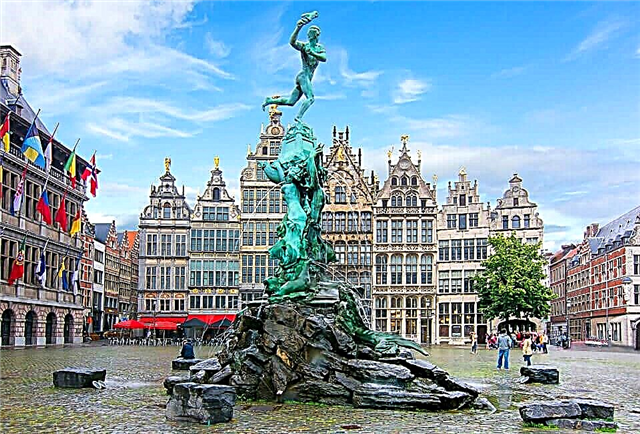
A beautiful legend is dedicated to this monument. In time immemorial, when there was no trace of the city, an evil giant lived on the banks of the Scheldt. He levied ships sailing past his castle a huge tribute, and those who refused to pay had their hands ripped off. The inhabitants of the neighborhood were in constant fear. But one day a strong and brave sailor Brabo entered a battle with a giant, defeated him. And with the defeated villain he did justice: he cut off both his hands and threw them into the Scheldt. Later, a city was built on this site.
Grateful descendants in 1887 built a monument to the brave Brabo. The fountain itself is interesting in that it does not have a pool: water seeps between the stones and again flows like a waterfall from the giant's severed hands. And the hand has since become a symbol.
Sten Castle
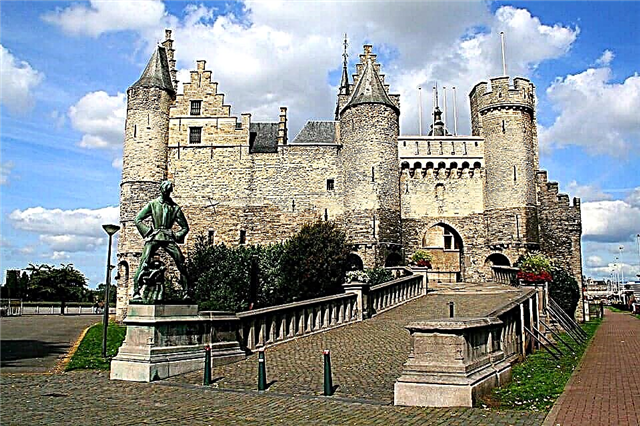
This building deserves the attention of tourists. The castle was built in the 10th century for protection from enemies. We can say that it appeared earlier than Antwerp itself. Later, the castle performed different functions:
- It was the residence of noble persons: Gottfried of Boulogne.
- Then the city authorities were located in the castle.
- Karl Habsburg returned the castle to the role of a fortress again. At the same time, the walls were reconstructed taking into account the heavy cannons, which were supposed to be placed on the walls to protect against enemies.
- The city authorities used the powerful structure as a prison. It contained citizens of different incomes: those who could pay were accommodated in the right wing, the rest in the left.
- The Inquisition also did not ignore the castle: there was a court and cells where those sentenced to death were kept.
- At the end of the 19th century, Sten hosted an archaeological museum.
But after 20 years, the city authorities decided to reconstruct the Scheldt channel. The castle interfered with this plan, and it was decided to demolish it. Part of the ensemble was destroyed, but the surviving buildings were defended by caring citizens. Today, Sten has been restored, it even received a new wing, which houses the Museum of Shipping. The castle is part of the Cultural Center: there are handicraft workshops for children.
Church of st. Paul
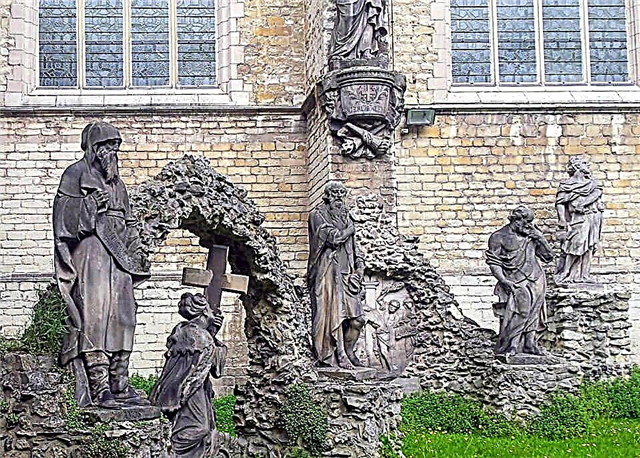
The temple was founded by monks of the Dominican order in the 16th century. For construction, they chose the former sea settlement. The original building was built in the traditional Gothic style. But a few years later it was destroyed by the Scheldt, which suddenly changed the course. The cathedral was rebuilt: now it was farther from the treacherous river. The style of the building has changed: now it was baroque. But in 1571 the cathedral was damaged again: during the religious war with the Protestants, it was plundered. The cathedral was completely restored by the beginning of the 17th century.
The interiors of the 17th century have been completely preserved. They amaze with unprecedented luxury: gilding is adjacent to marble, the walls are decorated with panels of precious wood.The gallery deserves special attention, where canvases of 11 famous Dutchmen are exhibited, including: Rubens, Cornelis de Vasa, Bayermans. At the side exit there is a composition of Golgotha sculptures. Nearby are 63 statues representing saints and angels.
MAS Museum
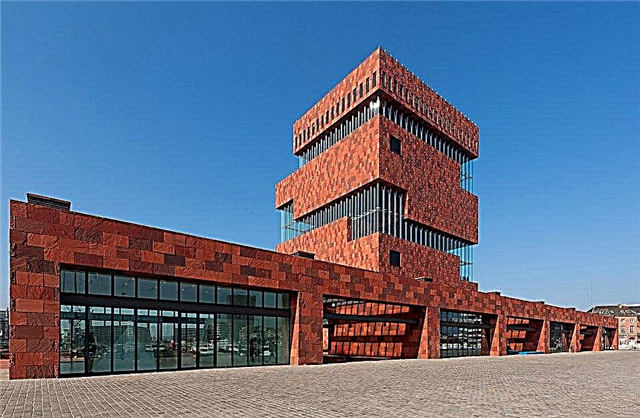
This is a new but extremely interesting complex. A place with an abandoned and dilapidated house was chosen for the construction. Work began in 2016. The building attracts with its unusual architecture and location: literally MAS is an abbreviation of the words Museum aan de Stroom. That means: a museum on the river. The exposition is rich here: only 6,000 items are on display. And that's not counting temporary exhibitions!
Once inside, the tourist will not be disappointed: each of the 10 floors of the building is interesting in its own way:
- In the basement there are cafes and cozy rooms where you can make a business meeting. Sometimes groups gather here to view the exposition.
- The semi-basement floor is designed for seminars and lectures on a variety of topics. If desired, a festive event or a scientific seminar can be held in this room.
- There are service rooms on the ground floor. Tourists are not allowed to enter here.
- On the second floor, there are expositions dedicated to the history of the museum. Visitors are encouraged to familiarize themselves with various ways of storing exhibits.
- Temporary exhibitions are located on the third floor.
- 4-8 floors offer to get acquainted with the permanent expositions of the museum.
- There is a modern conference room on the 9th floor. There is also a restaurant here.
- The 10th floor offers a wonderful panorama of the Scheldt, the port and the city.
The museum offers interactive tours. You can also watch documentaries about Antwerp and its history.



